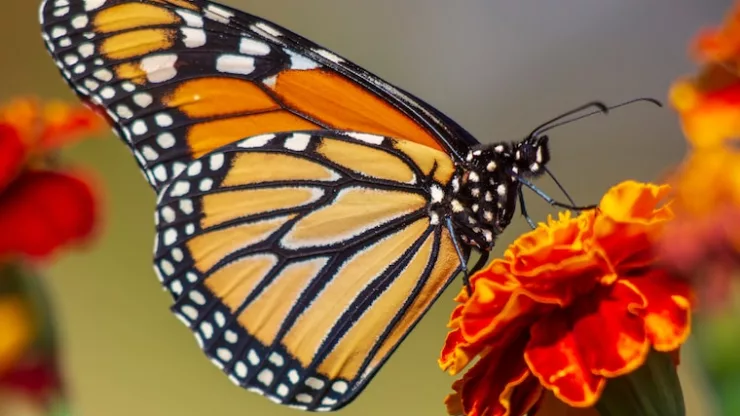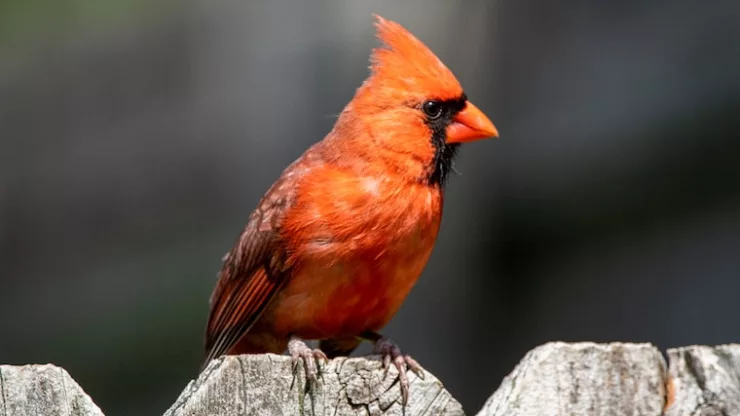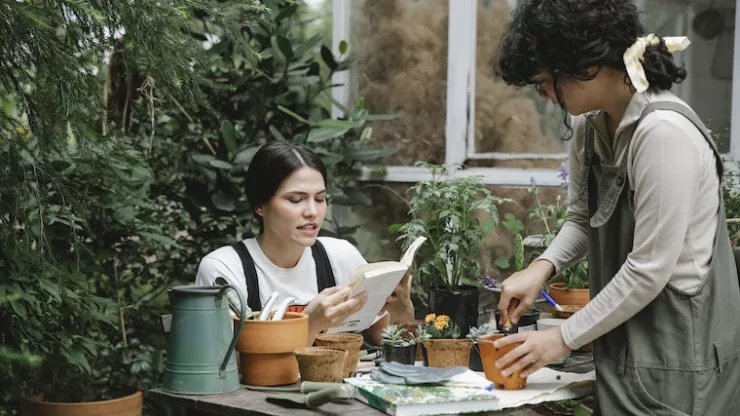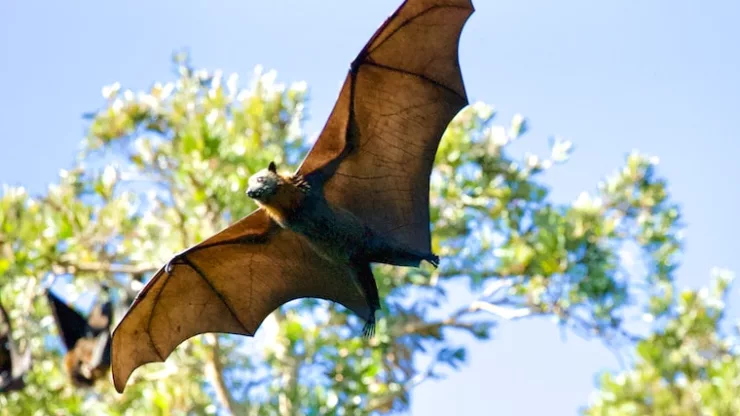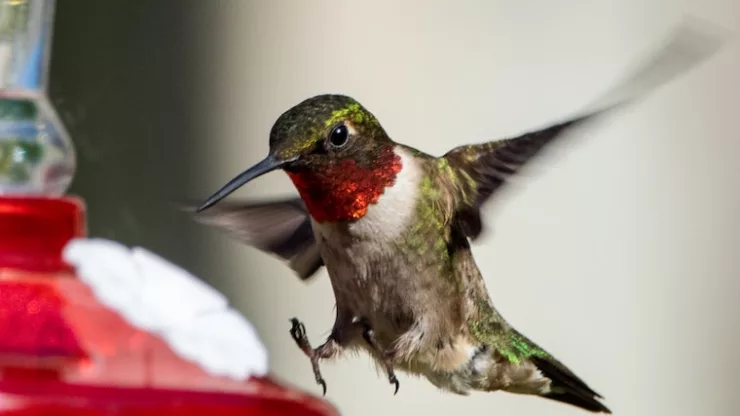Jump to Section
Introduction
Gardening in urban environments can be a challenge, but it’s also an opportunity to create a green haven for pollinators like butterflies and bees.
With the right approach, your urban garden can become a buzzing paradise that benefits both the local ecosystem and your own wellbeing.
This guide will walk you through the process of attracting butterflies and bees to your urban garden, providing tips, tricks, and expert advice.
Choosing the Right Plants
- Native Plants: Opt for native plants that are familiar to local pollinators and can thrive in your area’s climate and soil conditions.
- Flower Power: Select plants with bright, colorful flowers that offer nectar and pollen, the primary food sources for butterflies and bees.
- Plant Diversity: Mix and match a variety of plants with different bloom times to ensure a continuous food supply throughout the year.
Creating a Pollinator-Friendly Habitat
- Sunny Spots: Bees and butterflies love sunshine, so make sure your garden has plenty of sunny areas for them to bask in and enjoy.
- Water Source: Provide a shallow water source like a birdbath or a small pond to help your pollinator friends stay hydrated.
- Shelter: Offer shelter by incorporating plants of various heights, as well as rocks and logs for hiding spots.
Pesticide-Free Gardening
- Natural Pest Control: Avoid using chemical pesticides that can harm butterflies and bees. Instead, opt for natural pest control methods like companion planting or introducing beneficial insects.
- Organic Fertilizers: Choose organic fertilizers to provide nutrients to your plants without harming pollinators.
Know Your Pollinators
Bees in the City
- Urban Bee Species: Learn about the common bee species in your area and the specific plants they are attracted to.
- Bee Hotels: Consider setting up a bee hotel to provide nesting sites for solitary bees.
Butterflies on the Block
- Local Butterfly Species: Familiarize yourself with the butterflies native to your area and their preferred host plants for laying eggs.
- Butterfly Houses: Installing a butterfly house can offer a safe and cozy resting spot for your fluttering friends.
Going Above and Beyond
Wildlife Corridors
- Connecting Urban Habitats: Work with neighbors to create wildlife corridors that link urban gardens, providing safe passage for pollinators and other creatures.
- Community Involvement: Encourage local schools, businesses, and community centers to participate in pollinator-friendly landscaping initiatives.
Citizen Science and Advocacy
- Pollinator Monitoring: Participate in citizen science projects to monitor and report on pollinator populations in your area.
- Spread the Word: Advocate for pollinator conservation by raising awareness in your community about the importance of butterflies and bees.
Conclusion
Attracting butterflies and bees to your urban garden is a rewarding and environmentally friendly endeavor.
By selecting the right plants, creating a pollinator-friendly habitat, and promoting awareness and conservation, you can enjoy the beauty and ecological benefits of these essential pollinators.
Your urban oasis will not only support local ecosystems, but also provide a space for relaxation, inspiration, and connection to nature.
Frequently Asked Questions (FAQs)
- Why are butterflies and bees important to urban gardens? Butterflies and bees play a vital role in pollinating plants, which leads to the production of fruits, seeds, and flowers. In urban gardens, their presence supports plant diversity and helps create a healthier ecosystem.
- Can I attract butterflies and bees to my balcony garden? Absolutely! Even small balcony gardens can support pollinators by incorporating native flowering plants, providing water sources, and offering shelter
- What are some other pollinators I can attract to my urban garden? In addition to butterflies and bees, other pollinators include hummingbirds, bats, beetles, and flies. To attract a diverse range of pollinators, provide a variety of flowering plants, water sources, and shelter.
- How can I protect butterflies and bees from predators in my urban garden? By offering a variety of hiding spots, such as dense shrubs, tall grasses, and piles of rocks or logs, you can help protect pollinators from predators like birds and spiders.
- How can I identify the specific pollinators visiting my urban garden? There are many field guides and online resources available to help you identify local butterflies, bees, and other pollinators. Taking part in citizen science projects can also provide opportunities for learning and identification.
- Do I need to provide specific plants for caterpillars in my urban garden? Yes, many butterfly species have specific host plants on which they lay their eggs and that caterpillars feed on. Researching local butterfly species and their host plants will help you create a garden that supports butterflies throughout their life cycle.
I’m a nature enthusiast and creator of Metro Wilds and have spent years exploring the great outdoors.
With a passion for environmental conservation and sustainability, I have dedicated my career to writing about the beauty and wonders of nature, as well as the threats facing our planet.
Contact me at [email protected] for assistance.

